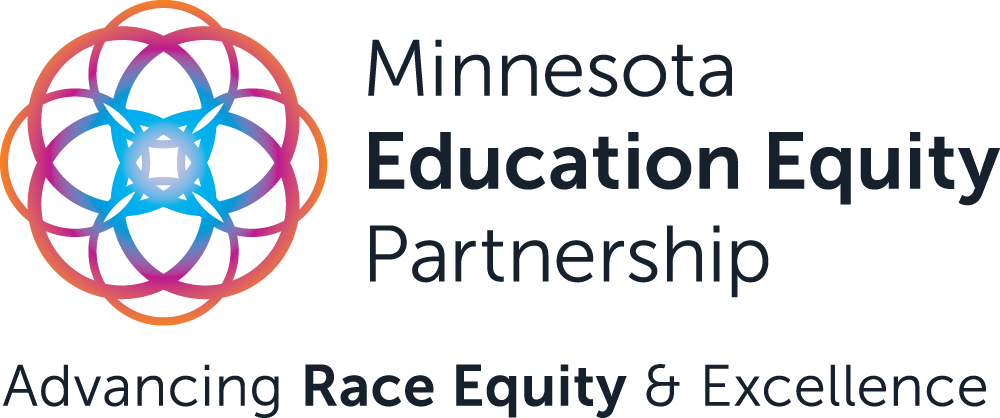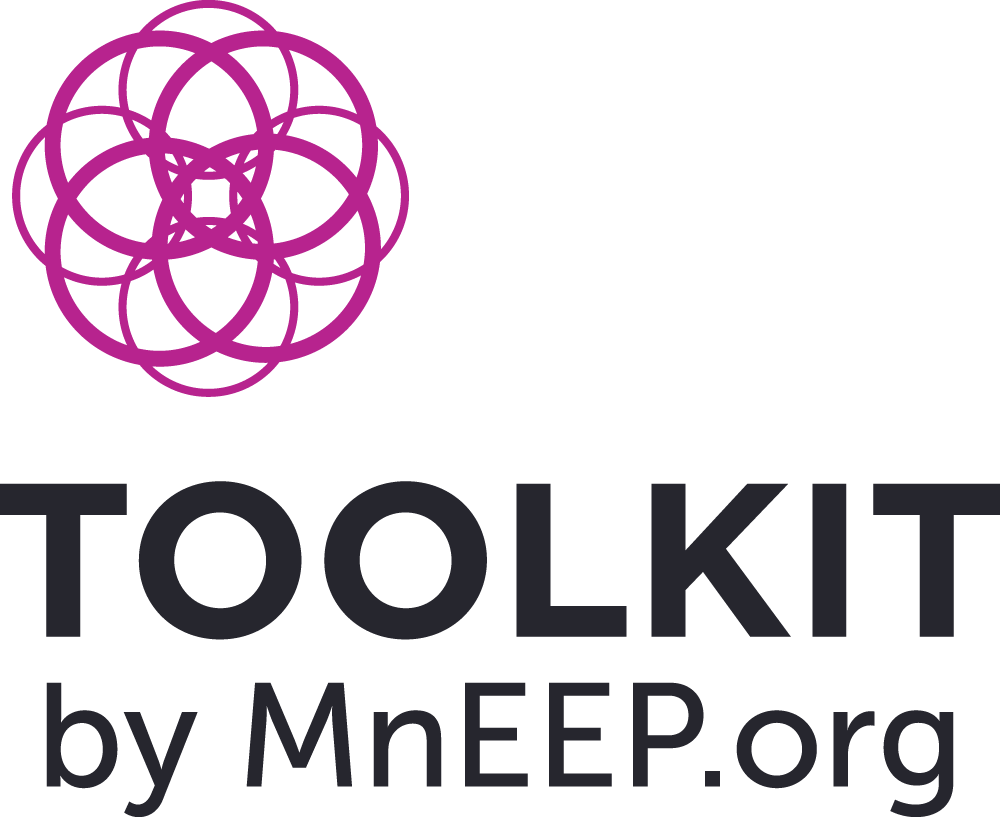Key Higher Education Policy Goals: Reforming Financial Aid
Updating and reforming the financial-aid system in Minnesota is essential for unleashing the talents and creativity of all People of Color and American Indian and/or Indigenous students and building a more just and robust Minnesota.
In this Toolkit
Building a better financial aid system requires centering the unique needs and goals of POCI students.

Why now?
Minnesota Education Equity Partnership‘s (MnEEP) recent research shows that Minnesota’s current financial-aid model serves as an obstacle to higher-ed access and completion for POCI students, resulting in deep racial disparities for degree completion that remain among the worst in the nation.
When the State Grant was designed in the early 1980s, Minnesota was a much “whiter” place. In 2000-01, 10 percent of public high school graduates in Minnesota were POCI students. In 2019-20, 29 percent were. And in the next 15 years, it’s expected to increase to 42 percent.
Yet the State Grant formula remains the same as when it began 40 years ago, and does not fairly assess the unique financial needs of POCI college students.

Minnesota must modernize its State Grant Formula if we want to build a more robust state.
“If we want equal outcomes, we need to have equitable—not equal —inputs. We must analyze policies with a race equity lens and invest in the people and the communities that have been underinvested in.”
By Megan Rozowski, Minnesota Private College Council
What Minnesota can do right now
In 2020, MnEEP and our research partners at MnEEP’s Research Collaborative Table completed an extensive study on how the macro-finance issues within Minnesota’s higher education finance system impact the recruitment, retention, and graduation of POCI college students.
The research team developed key policy recommendations for centering the unique needs of POCI students and reducing the deep racial disparities in Minnesota’s college completion rates.
Lower the Assigned Student Responsibility for the Minnesota State Grant from 50% to 46%, which will get us closer to an amount students can cover through reasonable work and borrowing.
Under current state law, all college students applying for a Minnesota State Grant are required to contribute 50 percent of the total costs of college, regardless of income. Changing this requirement will increase POCI student eligibility, who are disproportionately from lower-income families, for state grant funding and decrease their need to take out student loans.
Increase Living and Miscellaneous (LME) to 115% of poverty level for nine months, which will bring us closer to the actual living and educational costs students face.
We recommend that the state calculate living and miscellaneous expenses for 12 months, instead of the current nine months. Increasing the calculated living allowance allows the systemic economic barriers POCI students disproportionately face, to be decreased and will increase their attainment of a college degree by providing them more time and more financial aid.
Extend State Grant eligibility for up to 135 credits to better support transfer students, who are disproportionately POCI and may lose credits in transferring.
Changing the existing policy to provide more time and aid, by giving students enough State Grant eligibility to complete bachelor’s degrees, will more proportionally support POCI students and transfer students to complete college and attain a degree.
This policy change will also better support students whose bachelor’s degree programs take more than 120 credits to complete, such as those pursuing teaching, nursing and engineering.
The average total Minnesota Work Study wages received by students each year, $1,793, is insufficient to pay for the costs of tuition, living, and miscellaneous expenses. The ability for students to work a part-time or full-time position to pay for their college education has significantly diminished over time (Goldrick-Rab, 2016).
We recommend expanding Minnesota Work Study or a financial aid model that meets the needs full-time work provides.
Working together to advance financial aid reform
How you and your school, college, and/or institution can support financial aid reform and build race equity in college access and completion.
Understanding Minnesota’s current financial aid model
“POCI students are disproportionately placed into developmental education, which counts against their State Grant, and then they can run out of State Grant when they’re almost done with their Bachelor’s Degree, and now they’re having trouble paying for it when you’re this close to the finish line….”

Learn more about CREAAC and support the Race Equity Compact
We’ve been convening numerous voices and gathering insights in our College Race Equity Advocacy Advisory Council (CREAAC), a state-wide, multi-racial advocacy group working to direct and advocate for new polices to advance race equity in Minnesota’s higher education systems.
Key policy areas to achieve our goals
MnEEP’s recent research shows Minnesota must advance equity-centered policies and practices in four key areas right now to build higher-ed spaces that honor and support POCI students in their higher-ed journey.
Learn more about these policy areas to achieve our goals and what you can do to advance them at your college, institution, or at the Capitol.



